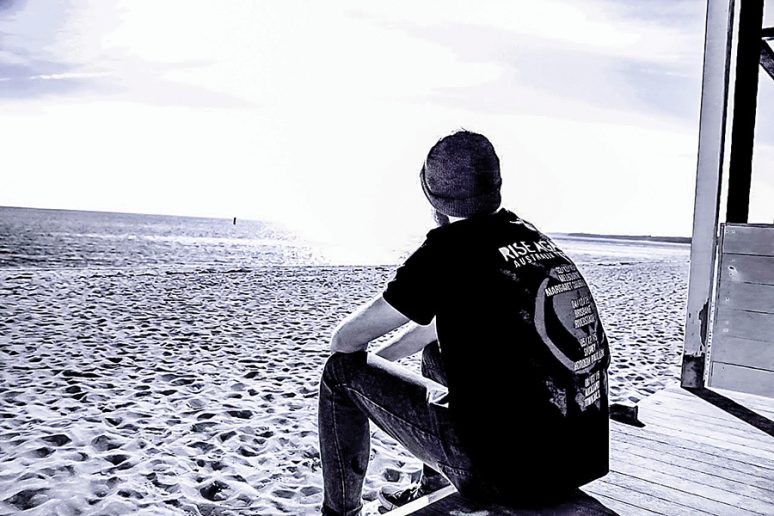MORNINGTON Peninsula Shire has the fifth highest number of male suicides in Victoria – one less than Frankston.
From 2013-17 suicide was the cause of death for 100 people on the peninsula: 70 men and 30 women.
For every 50 male deaths one is by suicide.
Grim figures released this week show the municipalities with the highest number of male suicides from 2013-17 were Greater Geelong, with 113, Casey 102, Wyndham 71, Frankston 71, Mornington Peninsula 70 and Brimbank 70.
The statistics are being used by Australia’s peak body for men’s health, the Australian Men’s Health Forum, as it calls on the federal government to develop a national plan to prevent male suicide.
It came out on World Suicide Prevention Day, Thursday 10 September.
The forum says the government is spending $5 billion a year on mental health services but the money isn’t reaching men at risk of suicide.
It wants the government to develop a national plan that directs funding at male-friendly services and gets more men involved in preventing suicide.
The forum’s CEO Glen Poole said: “Suicide is killing eight people a day in Australia: six men and two women. Closing the gap between male suicide and female suicide would save 1500 lives a year.”
Mr Poole said male suicides were often associated with relationship problems, money issues, job loss and alcohol abuse, whereas female suicides are more likely to be linked to mental illness and previous suicide attempts.
“We need a national plan to ensure that funding is specifically targeted at services designed with men in mind,” he said. “We also need more men to be part of the solution.”
The federal government has set itself a zero suicide goal, despite there being no significant and sustained reduction in the death rate from suicide over the past decade.
National suicide prevention adviser Christine Morgan said men were “known to be more vulnerable to suicide and providing effective approaches to suicide prevention for them is a priority”.
Mr Poole said Australia had made “good progress in tackling some of the biggest killers of men, such as heart disease, cancers and road accidents, but the national drive to reduce the number of suicides in Australia isn’t working”.
“This is why we need a national plan that targets funding directly at male suicide and gives men and men’s services a hand to get more involved in preventing suicide.”
The forum’s report Giving Men a Hand: The case for a male suicide prevention strategy, is available at amhf.org.au



